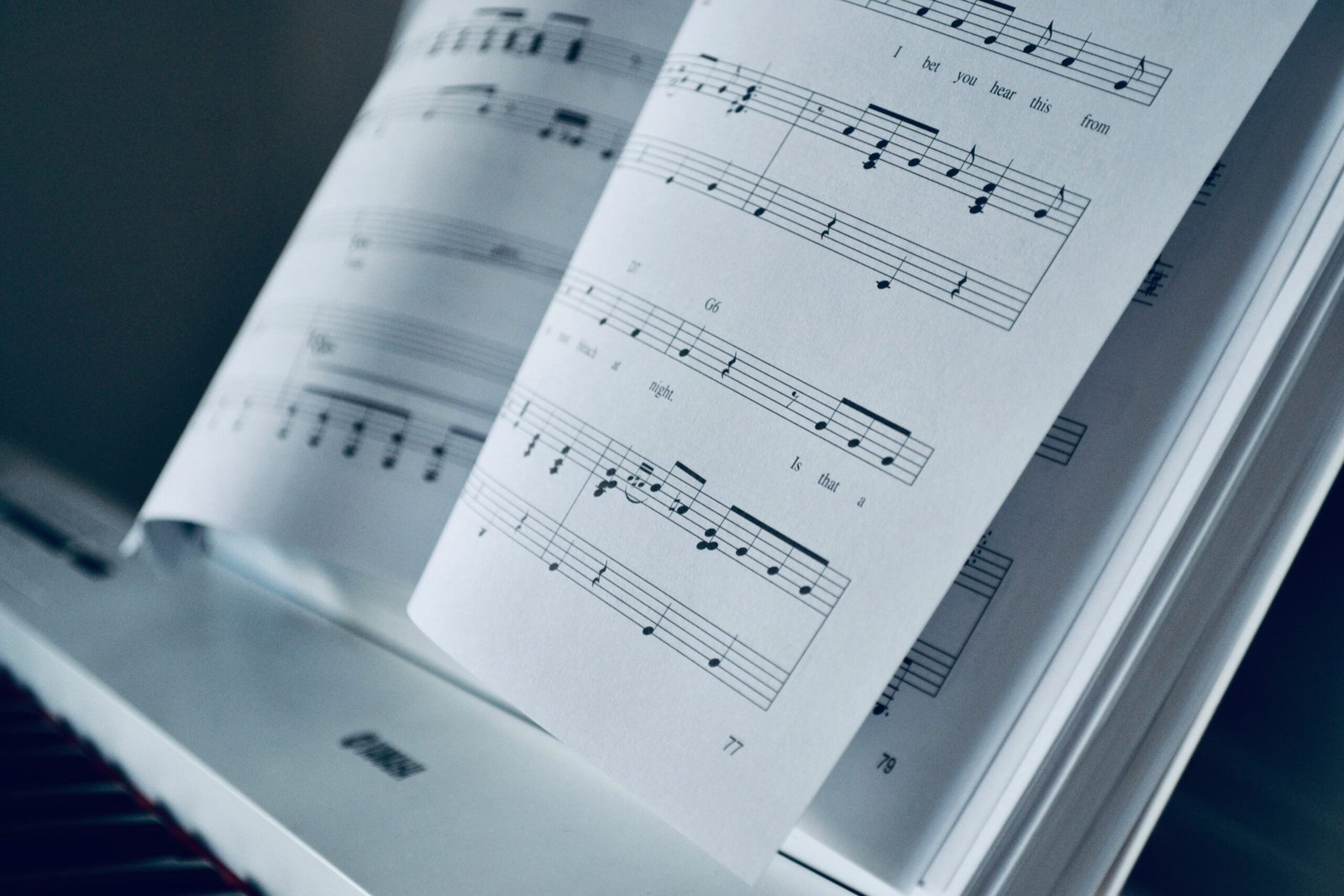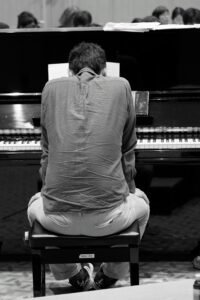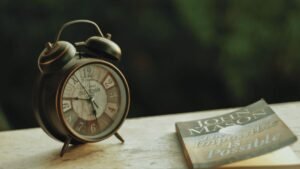A Guide for New Learners at mypianoandmore.com
Introduction
The First week with a beginner Piano book can be an exciting experience. It is the point where you are realy taking the first steps into your piano journey. In this post, I will go back over what you can expect in that first week and how I see it now after all this time.
It has been a while since I started self learning the Piano and it took me a while to find the right book for me. I scoured th internet until I decided to go with Alfreds Adult all in one course. I had read some good things about it and was keen to begin. When I received the book I went straight to my piano not knowing what to expect. Looking back, I did’nt play everything but I did find those first lessons benificial, and this is why…
What You’ll Find in the First Pages
As with most beginner books, Alfred is structured in such a way that you will go through 12 pages before you are putting your hands anywhere near your keyboard. My advice would be not to ingnore these pages as there is some crucial information there that will seve you in the llong run. Not least of all:
Hand Exercises
Yes that right, excercises. You are about to get your hands to do something they are not used to. Warm up is important and often neglected. Read the excercises, try them out and get your hands warmed up. You may nto se the benefit in the first easy pieces, but as things get more complex, you certainly will.
Correct posture
Do yourself a favour and pay a lot of attention to this. In the beginning, I did not and my back suffered as a result. The correct posture will save you discomfort and give you a better control over your playing.
Finger numbering charts

Super important. Trust me, as you develop, knowing the references in sheet music to the fingers will help you. Don’t ignore this. Practice it. Playing pieces that don’t have fingering notations is far more difficult than those that do.
Keyboard navigation
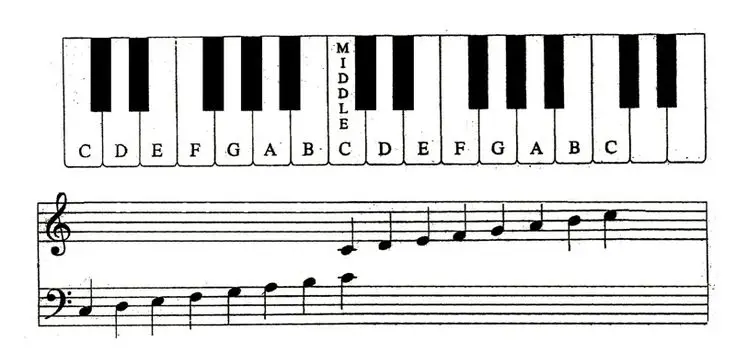
We all know what a Piano keyboard looks like, it’s one of the most recognisable images we have in our visual memory. But why are they keys grouped like they are, what is the range of notes. What are the black keys? The keyboard navigation sections show you where you are and where to start.
Hand Shape
This was always the issue for me and if you watch my videos, you will see that it still is. But there is a strong reason to curve your hands , it’s all about control and dexterity over the keyboard. If I am honest, it is probably one of the most challenging things for me in learning the piano. Work on it.
Your First notes
In the Alfred’s beginner book I used, the first actual song that you get to play is “Ode to Joy” from Beethoven’s 9th Symphony. This is not a surprise, it’s probably one of the most recognisable and easy pieces to play with just the right hand. Actually Imlisted it in my post https://mypianoandmore.com/10-easy-piano-songs-you-can-learn-quickly. You will play this over and over. In your book it may not be the first song but whatever the piece is, it will be simple and easy to follow. I would suggest playing it 7 times note for note. When this is done, you are ready to move on.
When learning your first notes, you will probably be shown the difference between a quarter note and a half note. These are important terms as they describe how often you play the note within a measure. A measure is the the determined by the space between two vertical lines
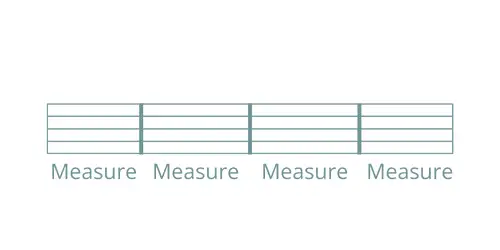

Quarter notes are played 4 times in a measure – so in a measure that has 4 beats , you play that note on every beat. 1-2-3-4 .
Tip: a good way to remember this is saying “watermelon” as you play like this “wa-ter-me-lon”

Half notes are played 2 times in a measure – so in a measure that has 4 beats, you would play that note every odd beat. 1-3 but hold it to the even beats 2-4.
Tip: you can use watermelon again but this time say “water-melon” and hold the key for each word.
The Role of Exercises in the Book
During the first week with a beginner paino book, you will probably encounter excercises quite quickly, probably within the first day. This is normal, as with any learning technique, doing excercises helps you re-enforce what you have learned thus far and (if you are an absolute beginner) this will have been a lot. Your brain will be in hyperdrive now. But do them they will help you. In the Alfreds book the exercises in the first week are pen to paper ones covering things like:
- Recognising the Treble and Base clef
- Note notation on written sheet music
- Finger number notation on sheet music
- Recognition of ledger lines
This is the basis of music theory. Beginning to understand it at this early stage will help you in the long run.
Song List: Should You Play Every Song?
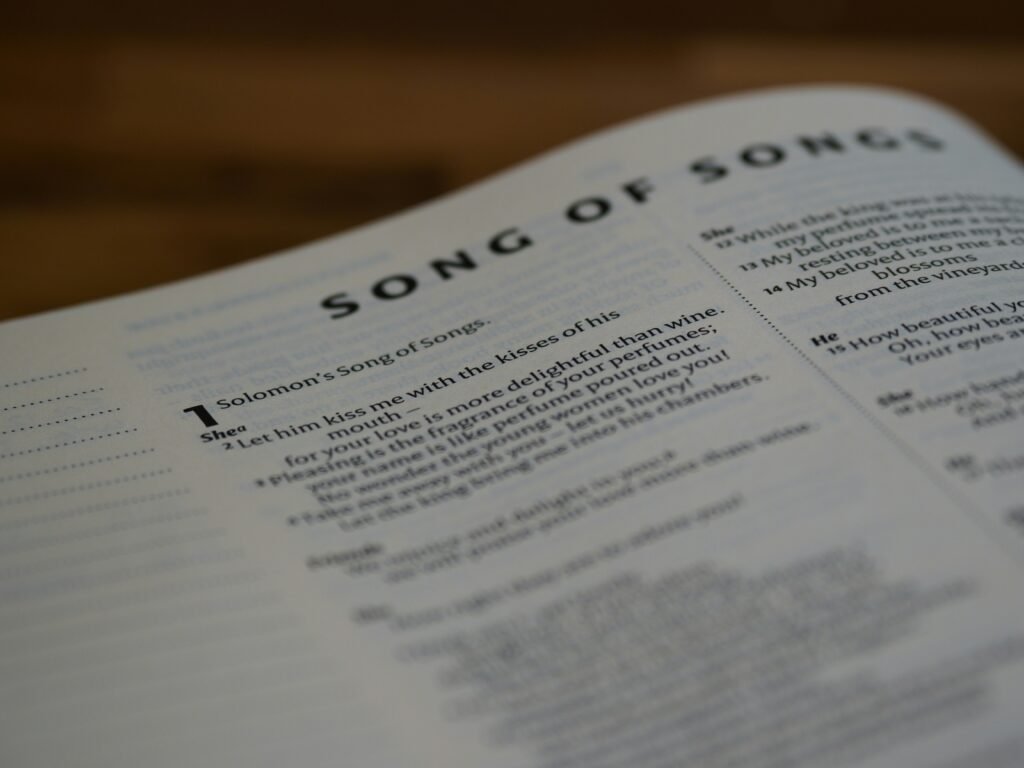
The first chapters of beginner books typically feature short, easy melodies for one hand—often simple folk tunes or classics. Sometimes they may seem unappealing or even boring to play. Sometimes you might not even recognise the piece by name. So you might want to skip it, but…
At this stage I would advise playing it, the reason it is there is normaly to re-enforce what have learned in the preceeding section of the book. It’s true it may not be that fullfilling at this stage. So play it through a few times, just until you are comfortable with the technique or new range of notes, then move on.
Once you are more comfortable, later in your journey, you will know what songs you want to play and be able to recognise if there is something you need to practice within them. Then you can choose.
Top Tip: When you don’t recognise the tune, simply search the tune and the book on youtube. Someone will have made a video of it so that you can famililiarise yourself with how it should sound.
Pacing Yourself: How Much to Practice in the First Week?
In another post https://mypianoandmore.com/how-long-does-it-take-to-learn-the-piano I speak about how long a begiiner should be practicing the piano at a minimum. But this is not a hard and fast rule. Some will say that practicing only 15 minutes a day will translate into decent progress. I have to say I disagree with this as I have tried it and it is just not enough to engage my brain. By going for the 30 minute (minimum) rule you will set a better pace , but boosting this up to 45-minutes to 1-hour will really start to see benefits.
Just watch out for learning fatigue, when you see that you are feeling tired and making the same mistakes over and over again, it’s time to take a break and let your mind relax a little.
When Should You Move On to the Next Exercise?
How to know when you’re ready to leave a page behind:
- You’re comfortable with the song or exercise
- You play accurately and with good rhythm
- You feel bored or ready to try something new
- Your teacher - if you have one -suggests moving on
Top tip: From my experience, there are some pieces I can’t wait to move away from. Usually this is because I just don’t like the piece. That being said , sometimes – as I mention above – it is important to re-enforce the recent learning section. A suggestion from me is when you have those pieces, run them through 7 times cleanly – if you mess up start counting again. Once you have done this you will have enregistered the technique, even if you will never play that piece again.
Final Thoughts: Encouragement for New Learners
Remember to be patient with yourself. This journey is not a race or a competition, you are doing it for you, for your enjoyment. Your beginner Piano Book is not a checklist, it is a point of reference, go backward in time sometimes and always keep it around.
I really hope you found some of the above helpful and if you have any suggestions , comments or just want to get in touch, Join the mypianoandmore.com community and share your experience in the comments!

